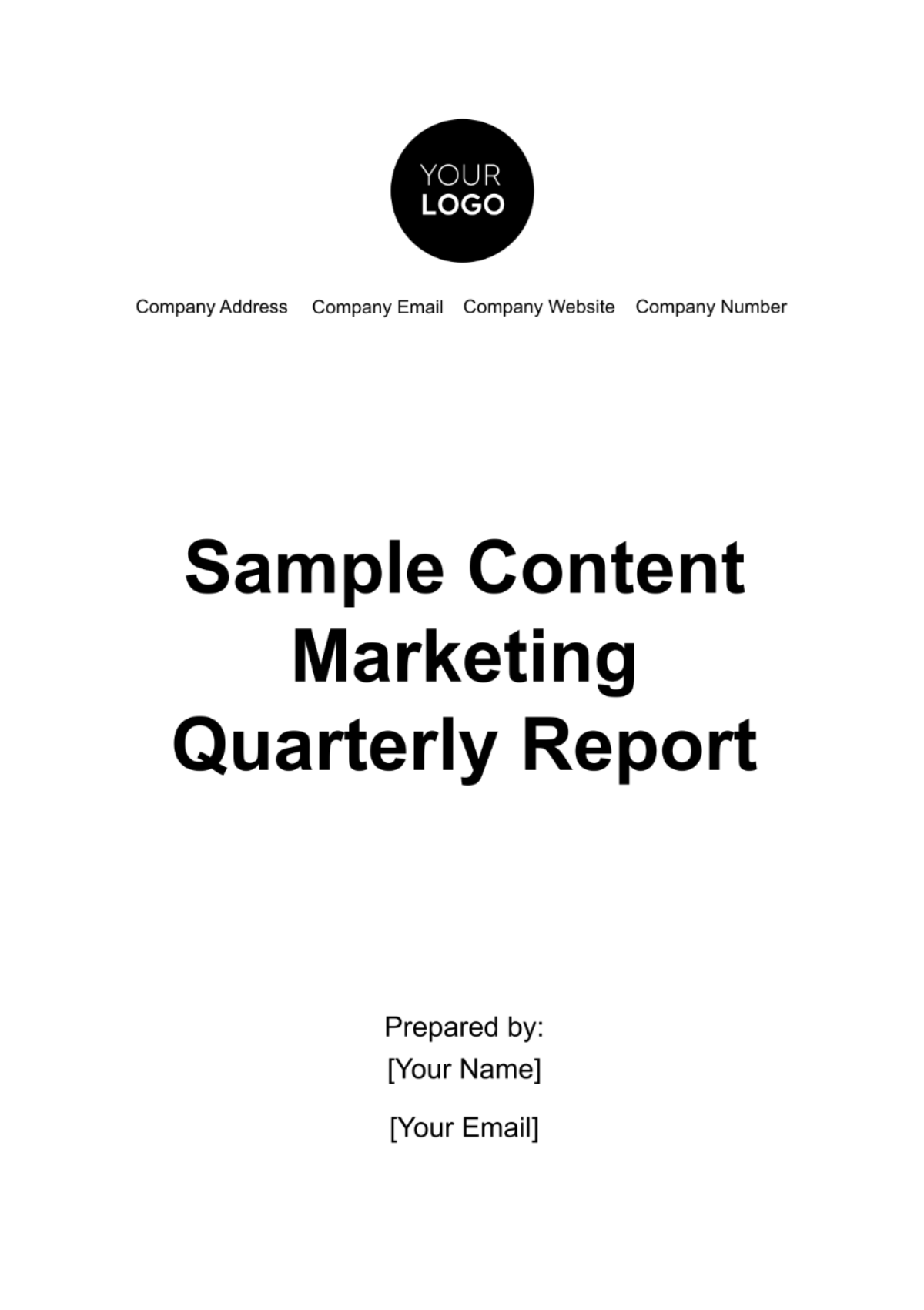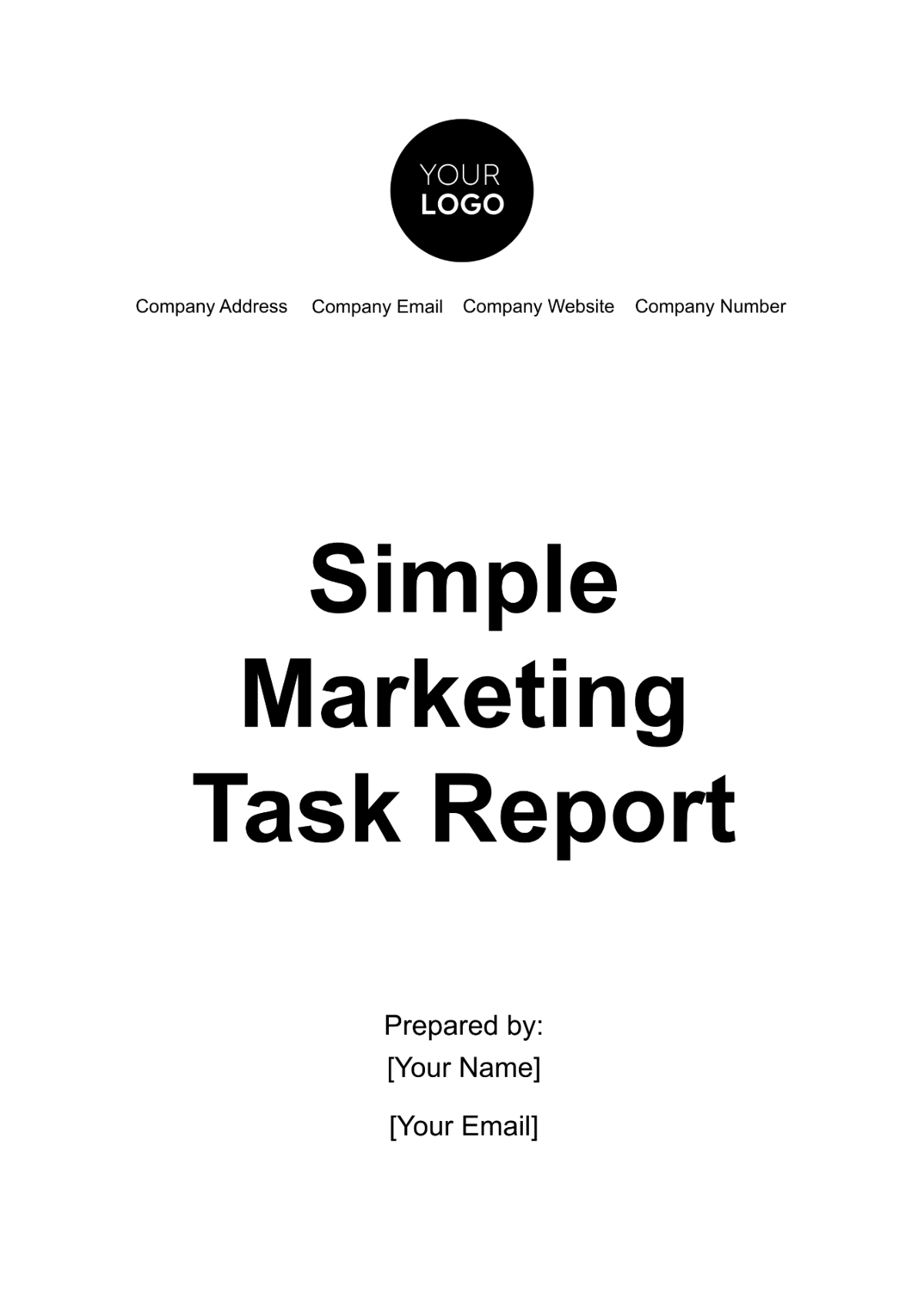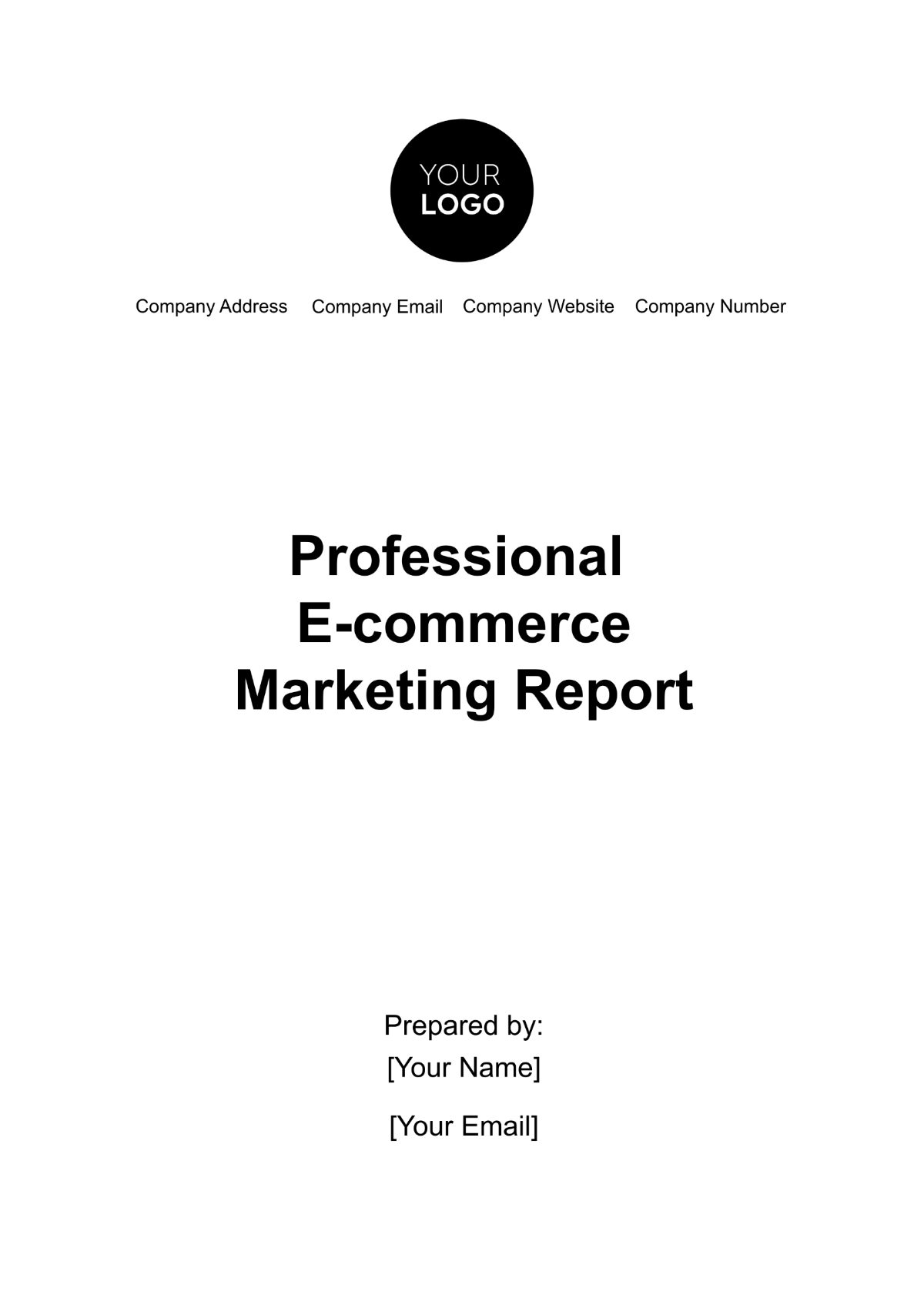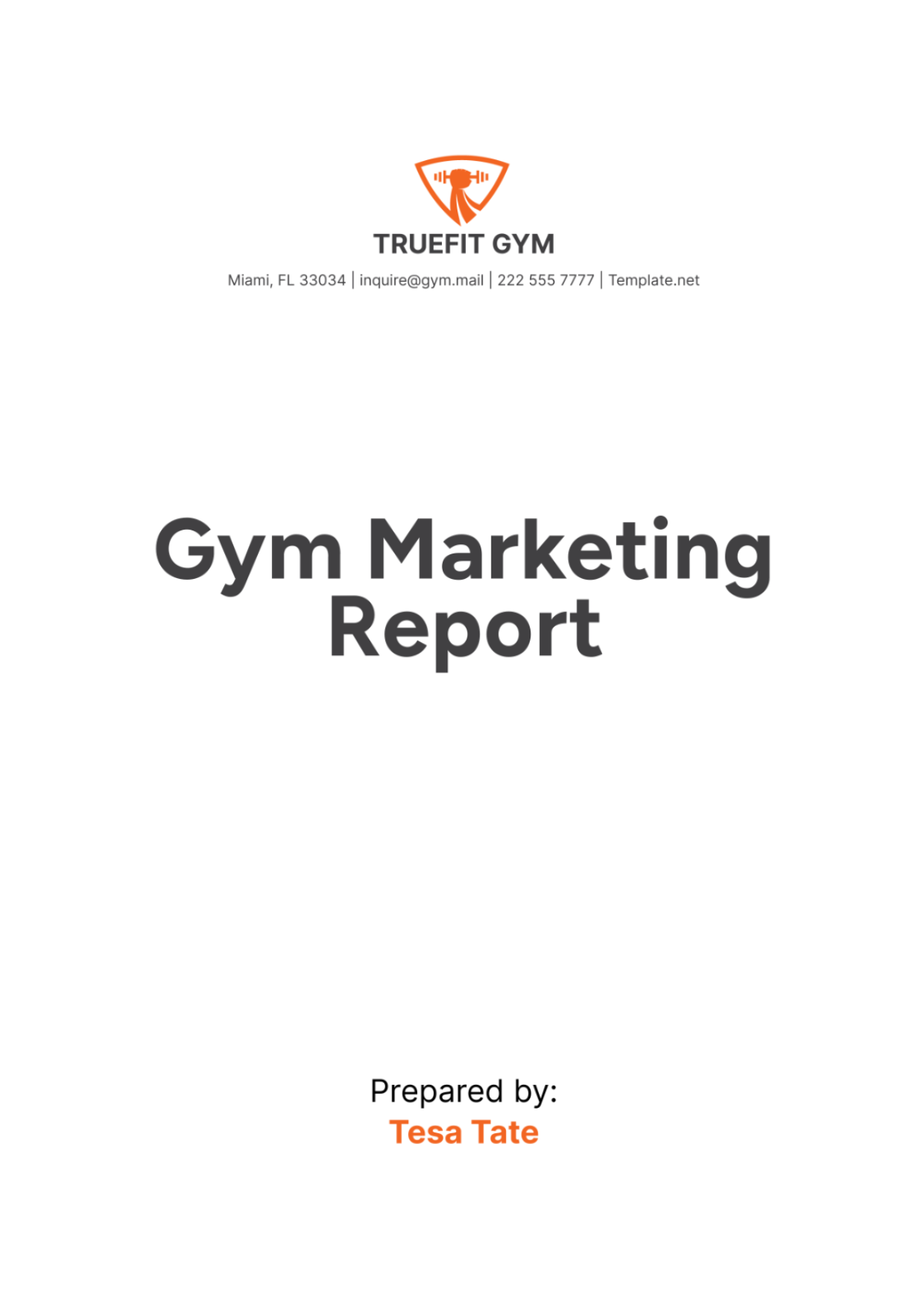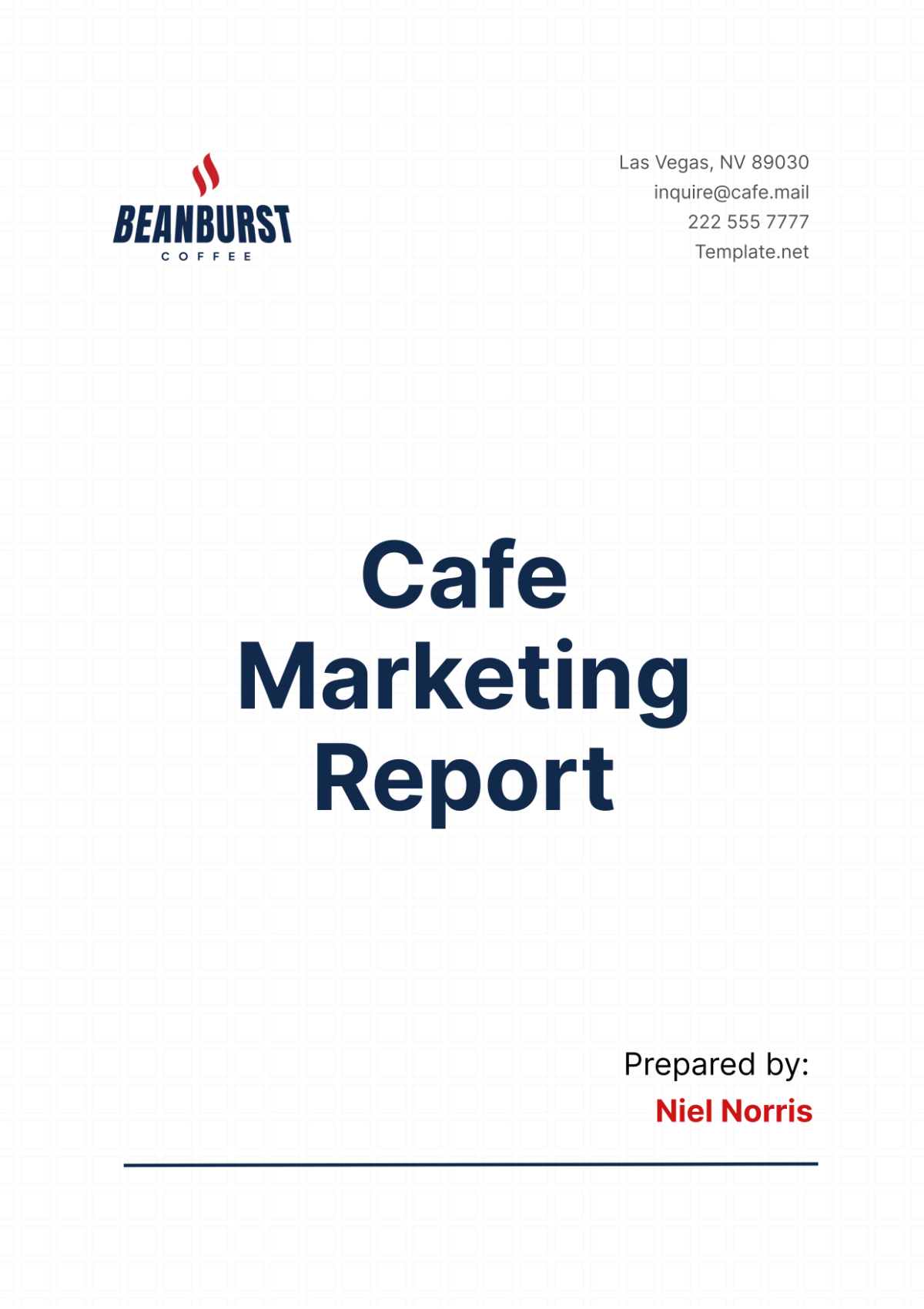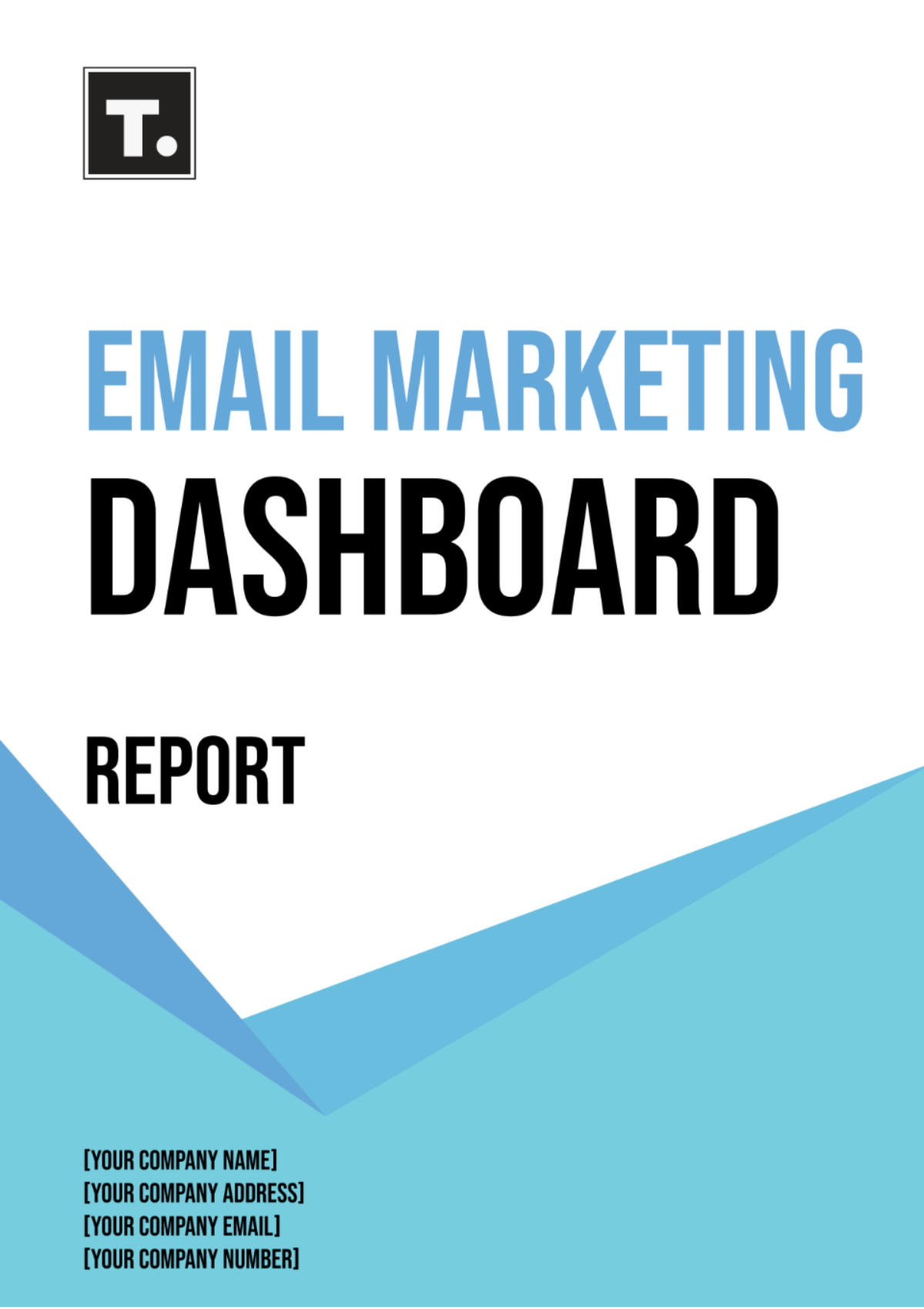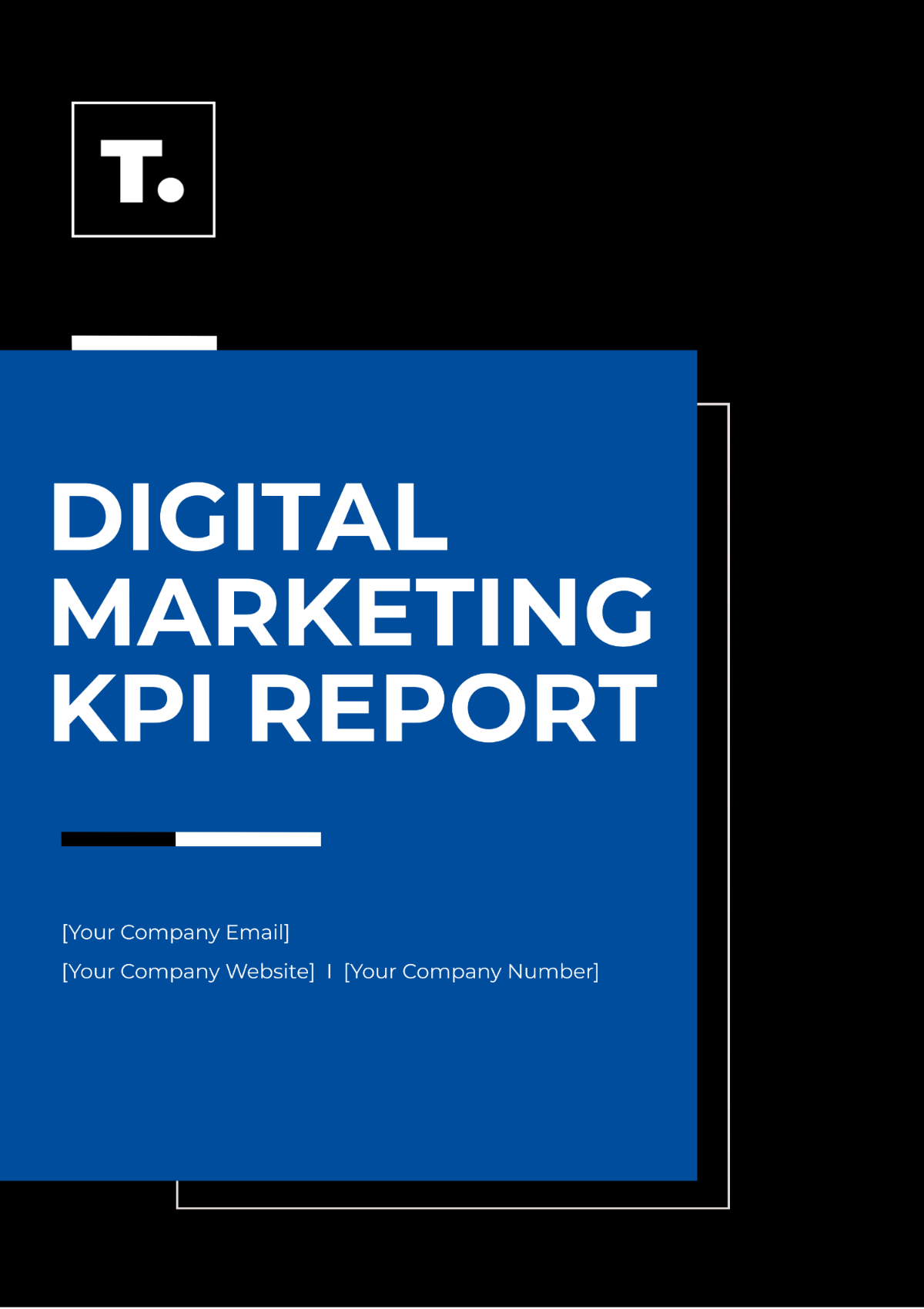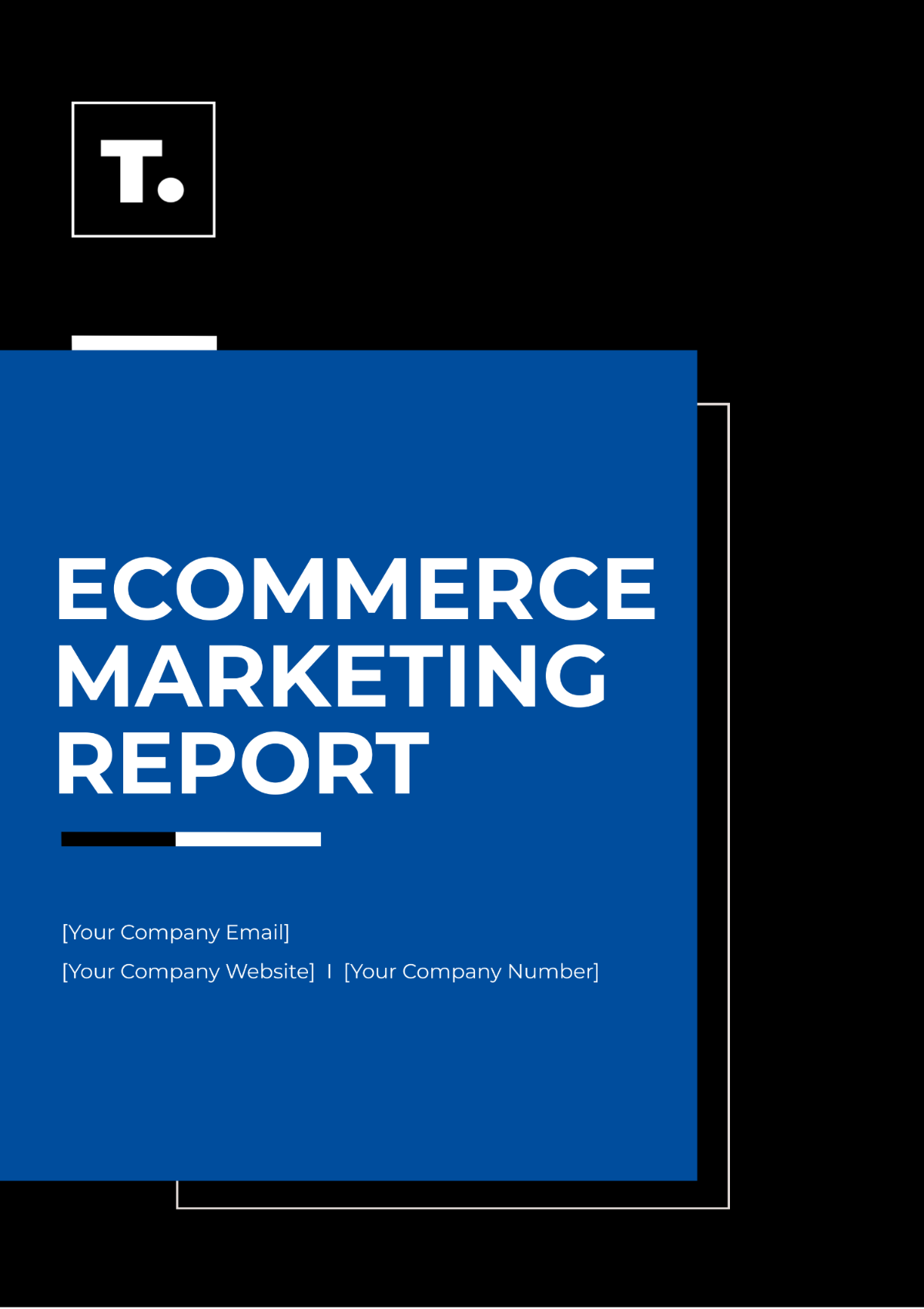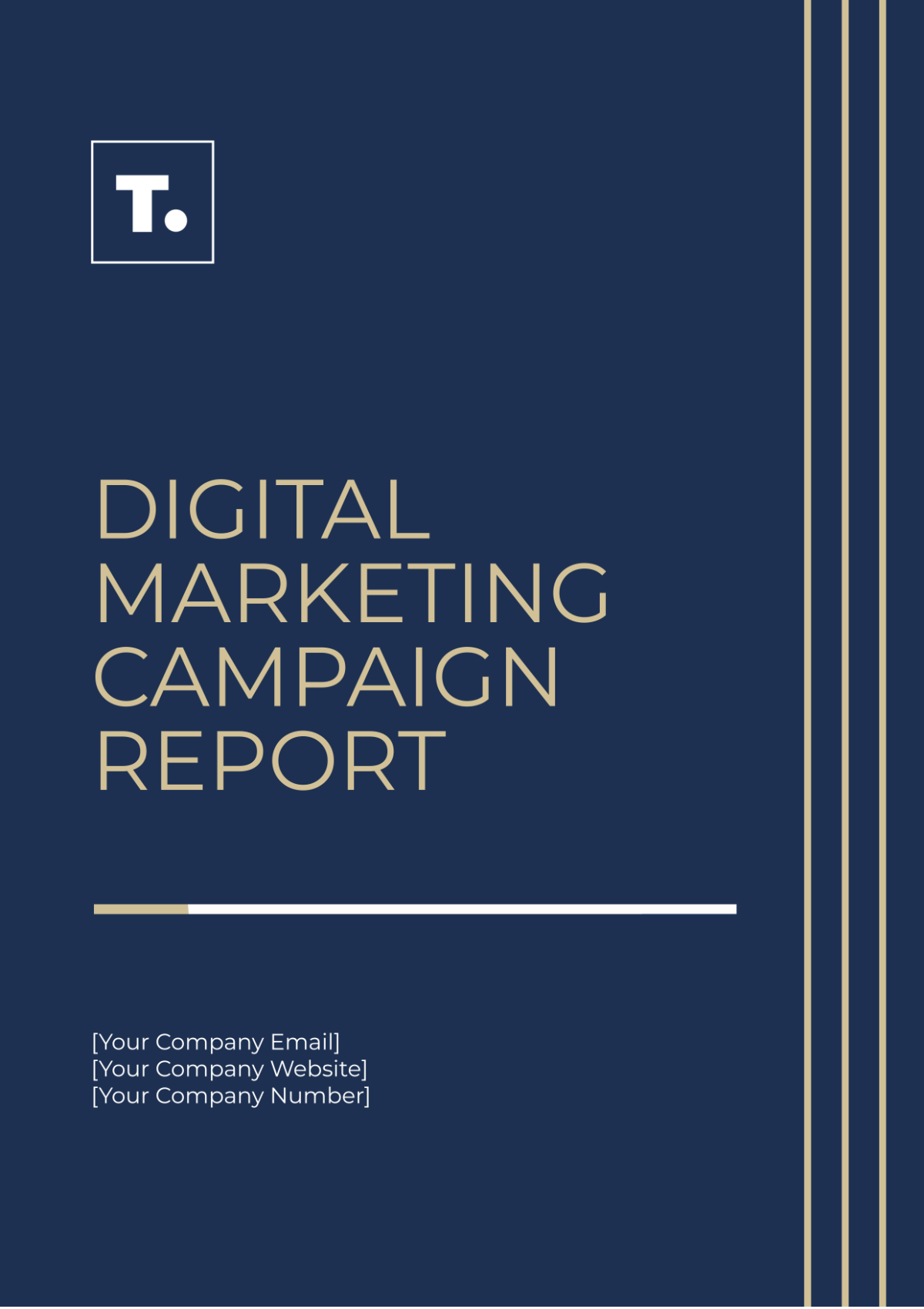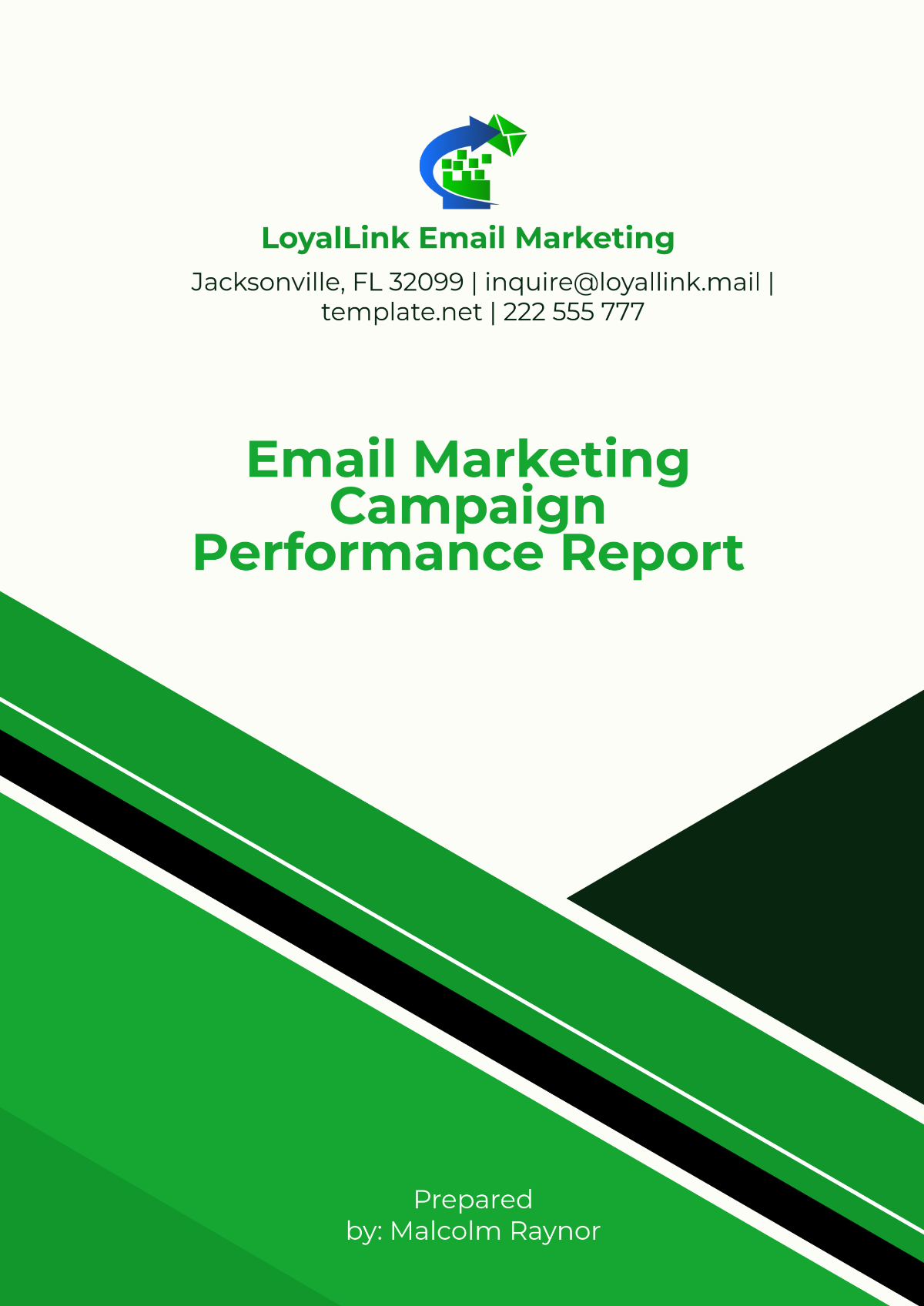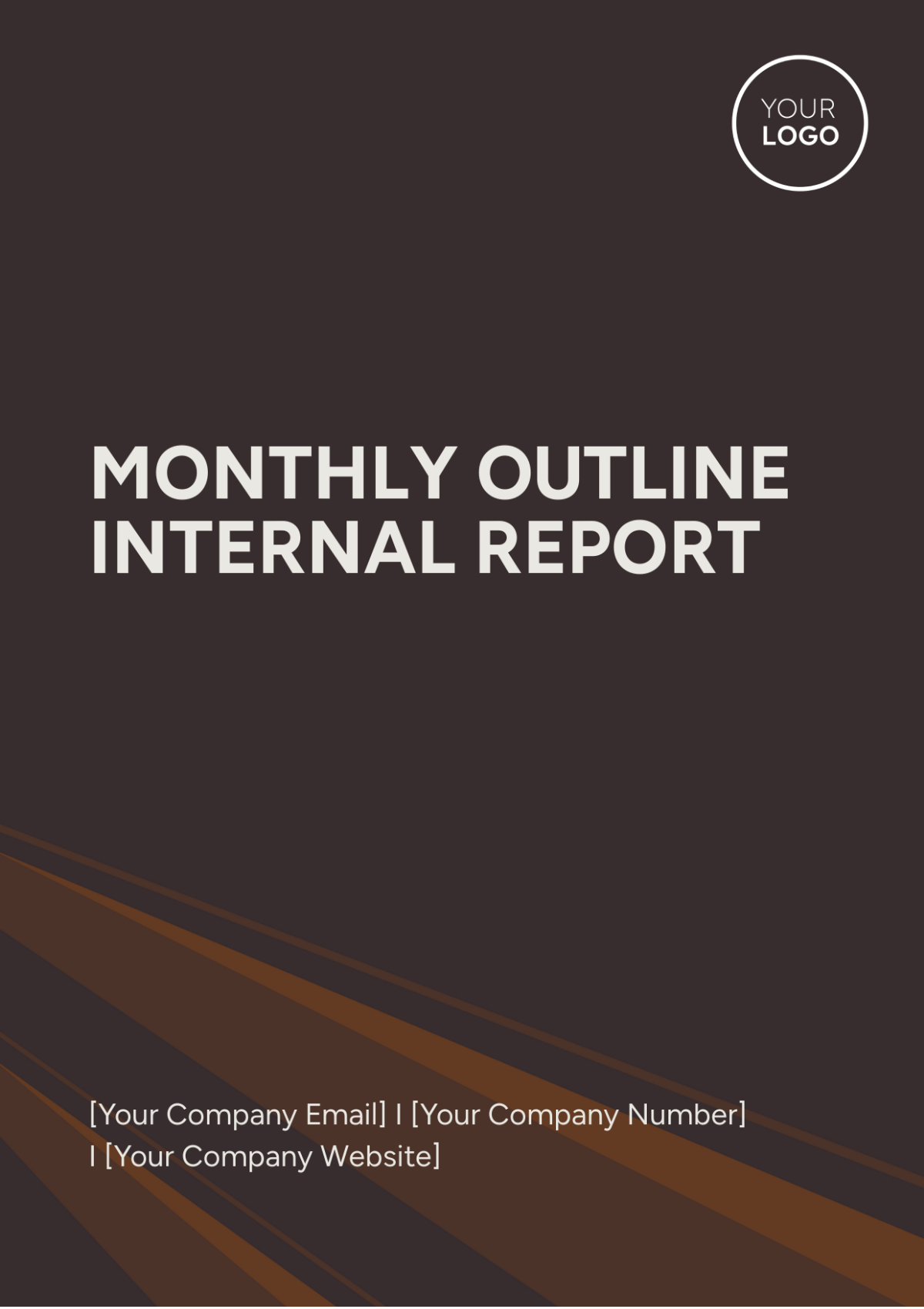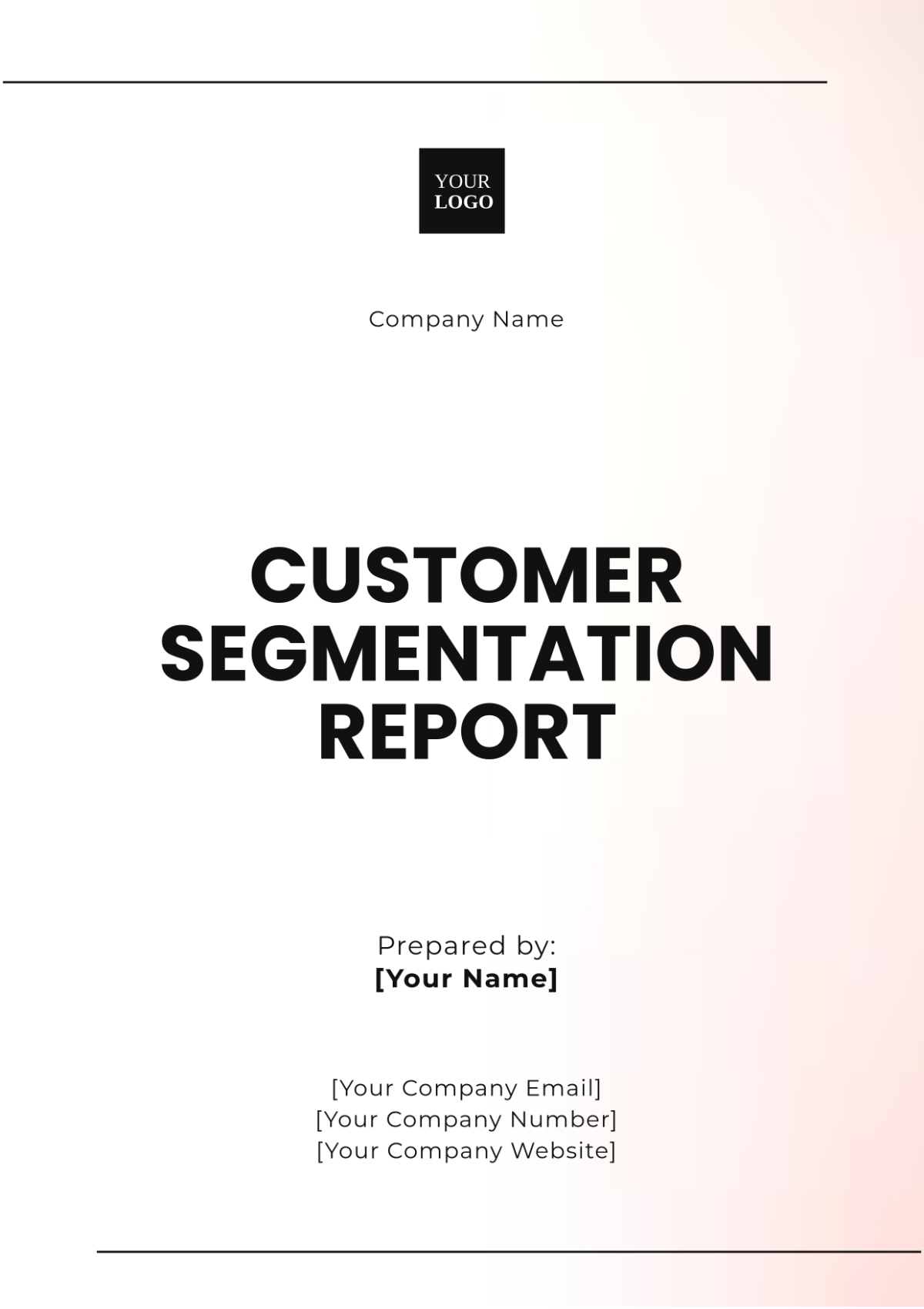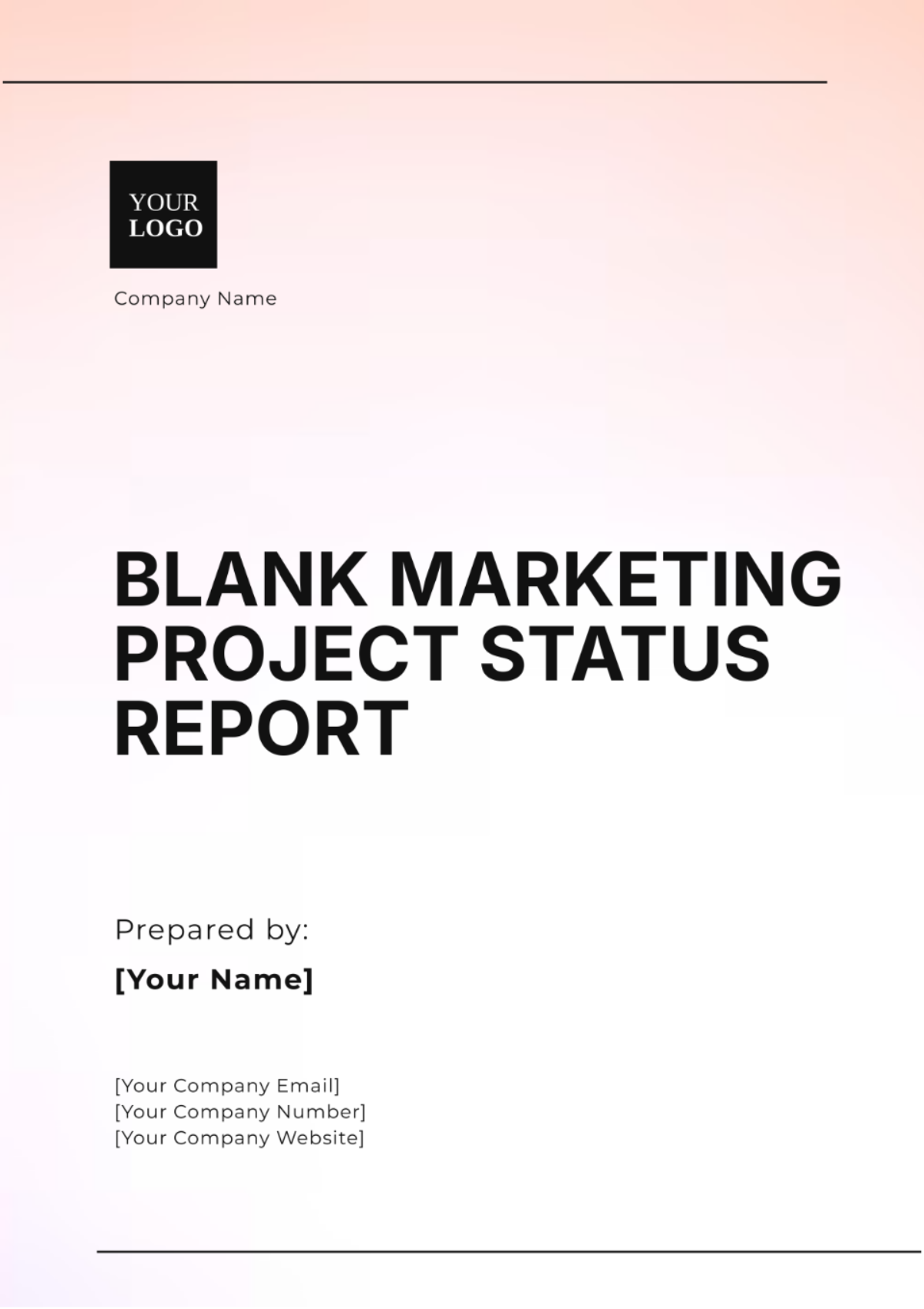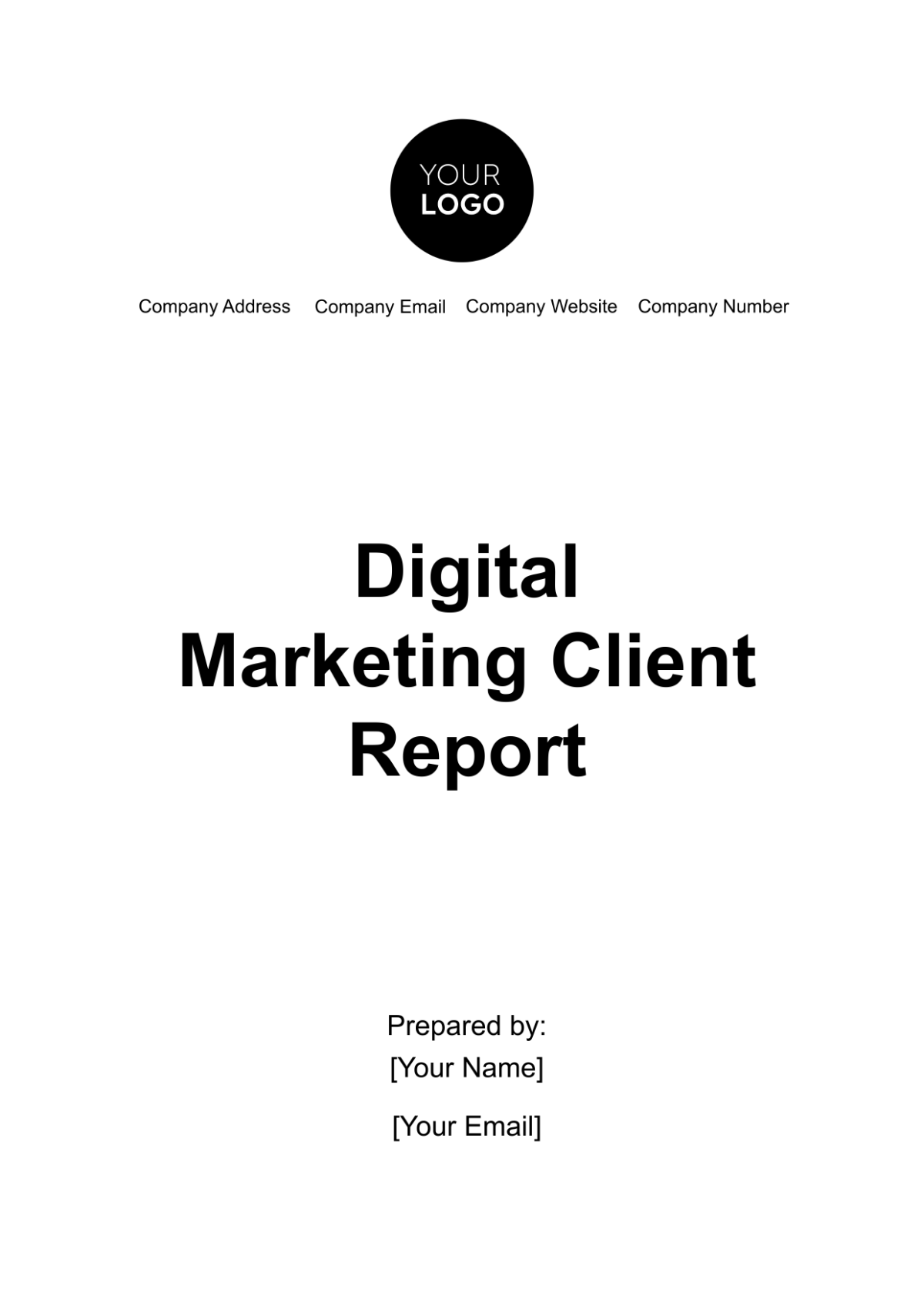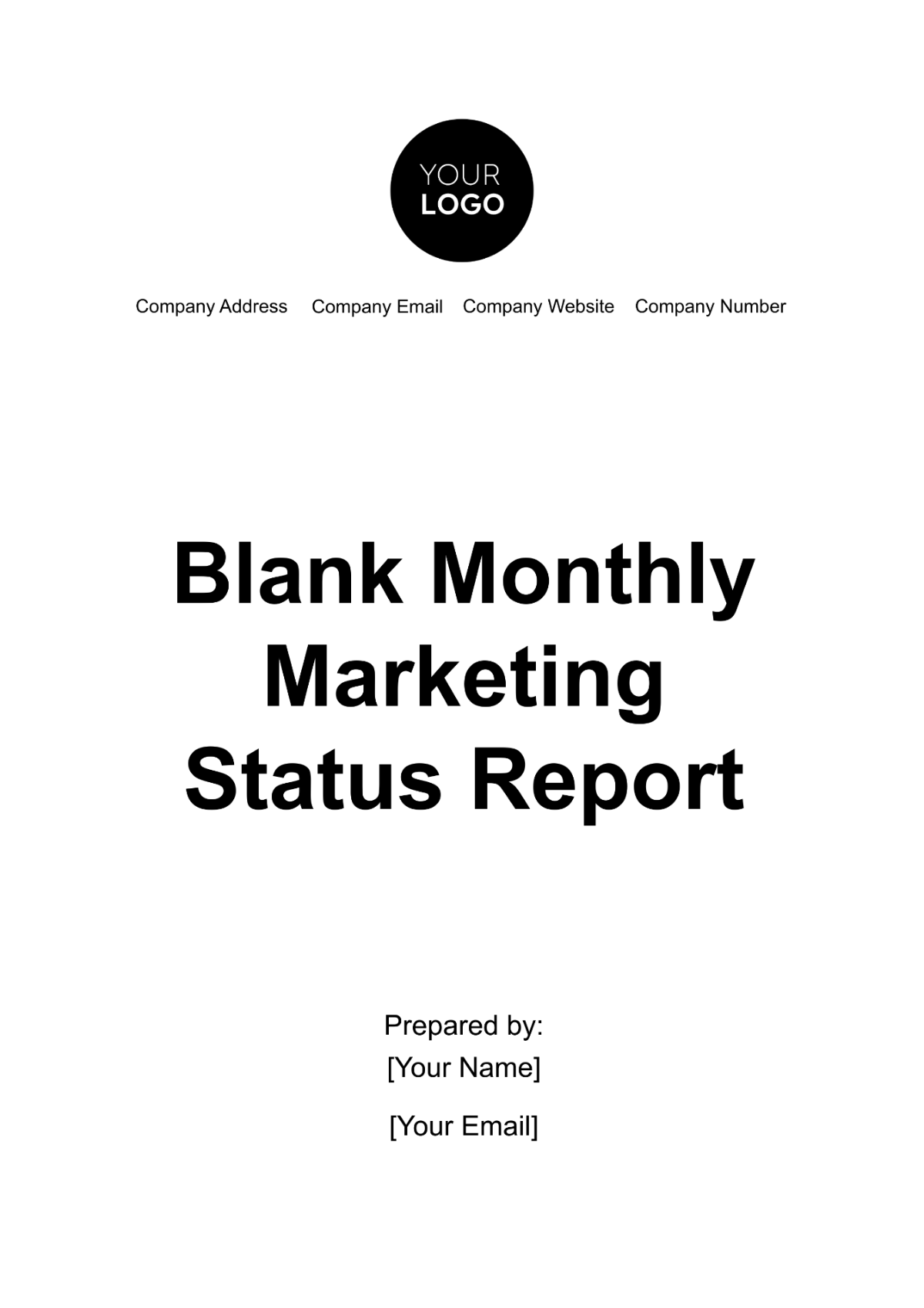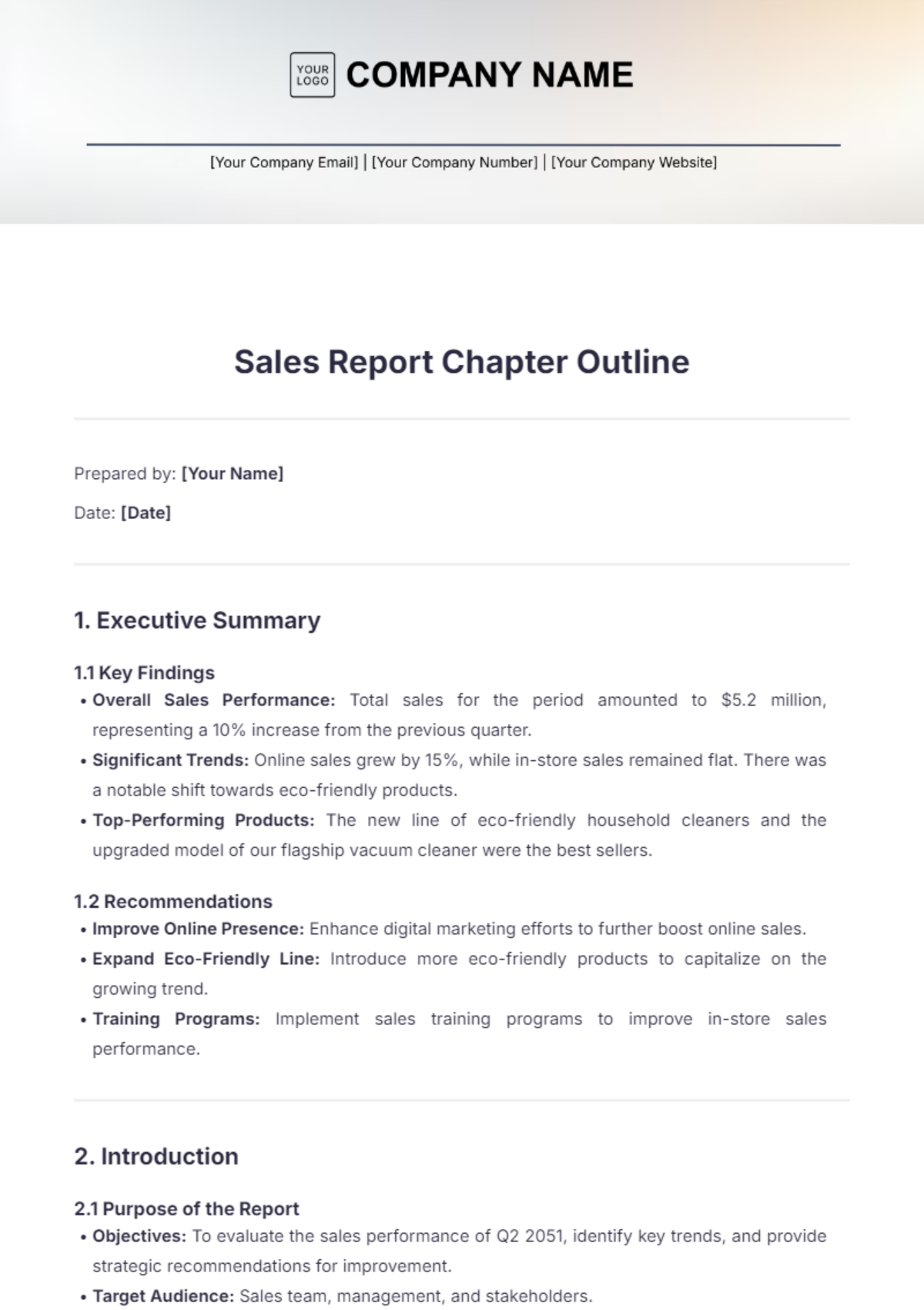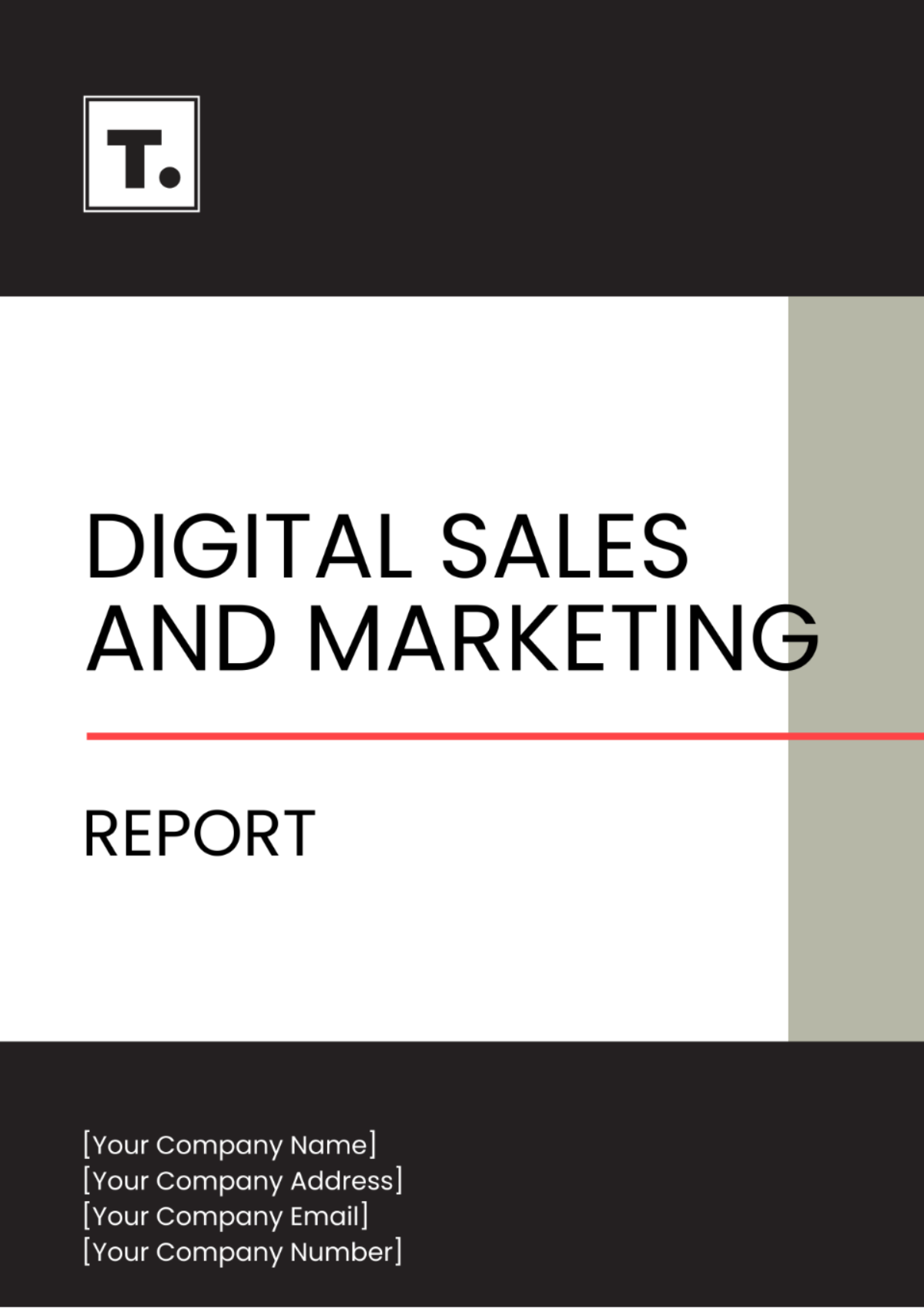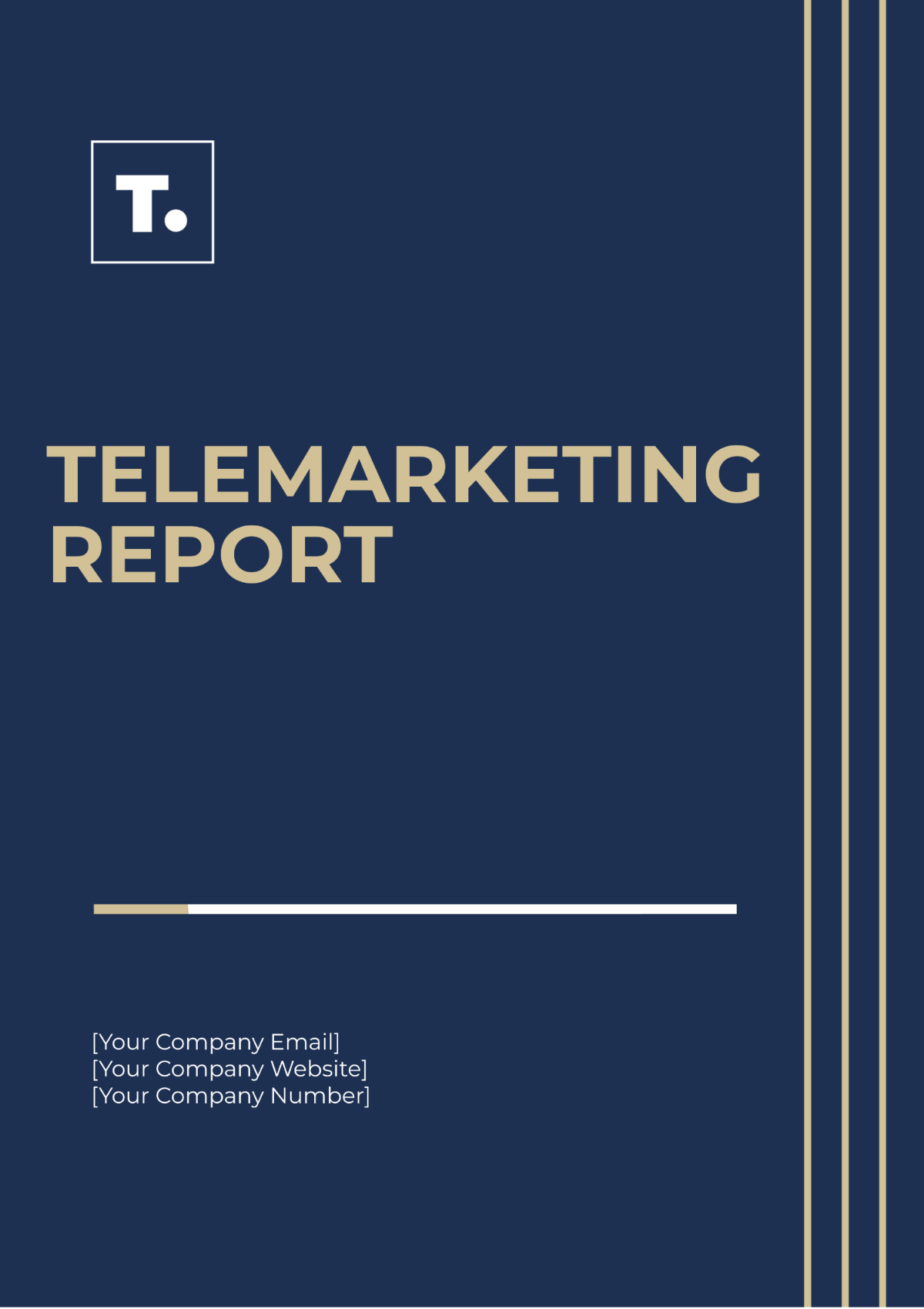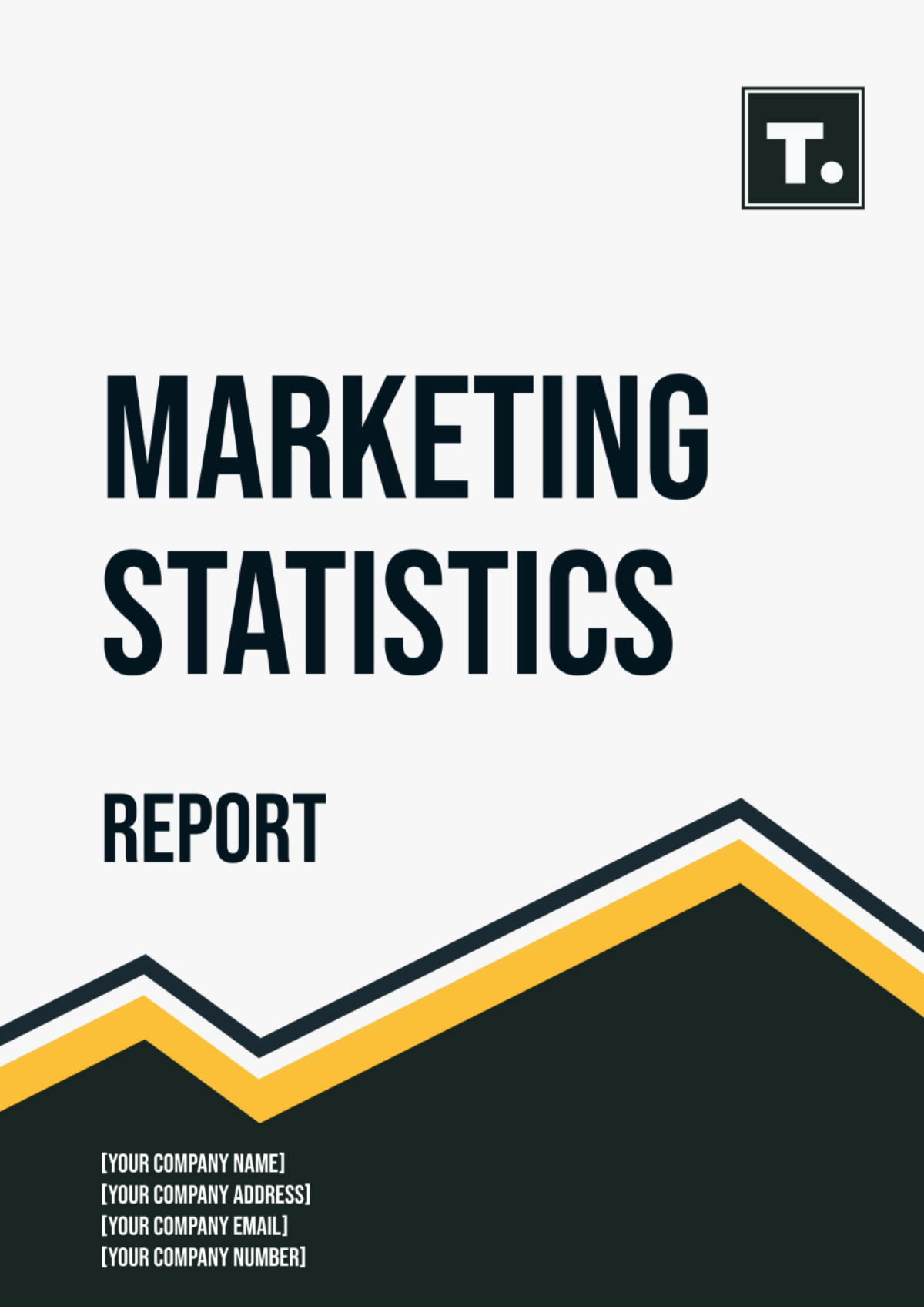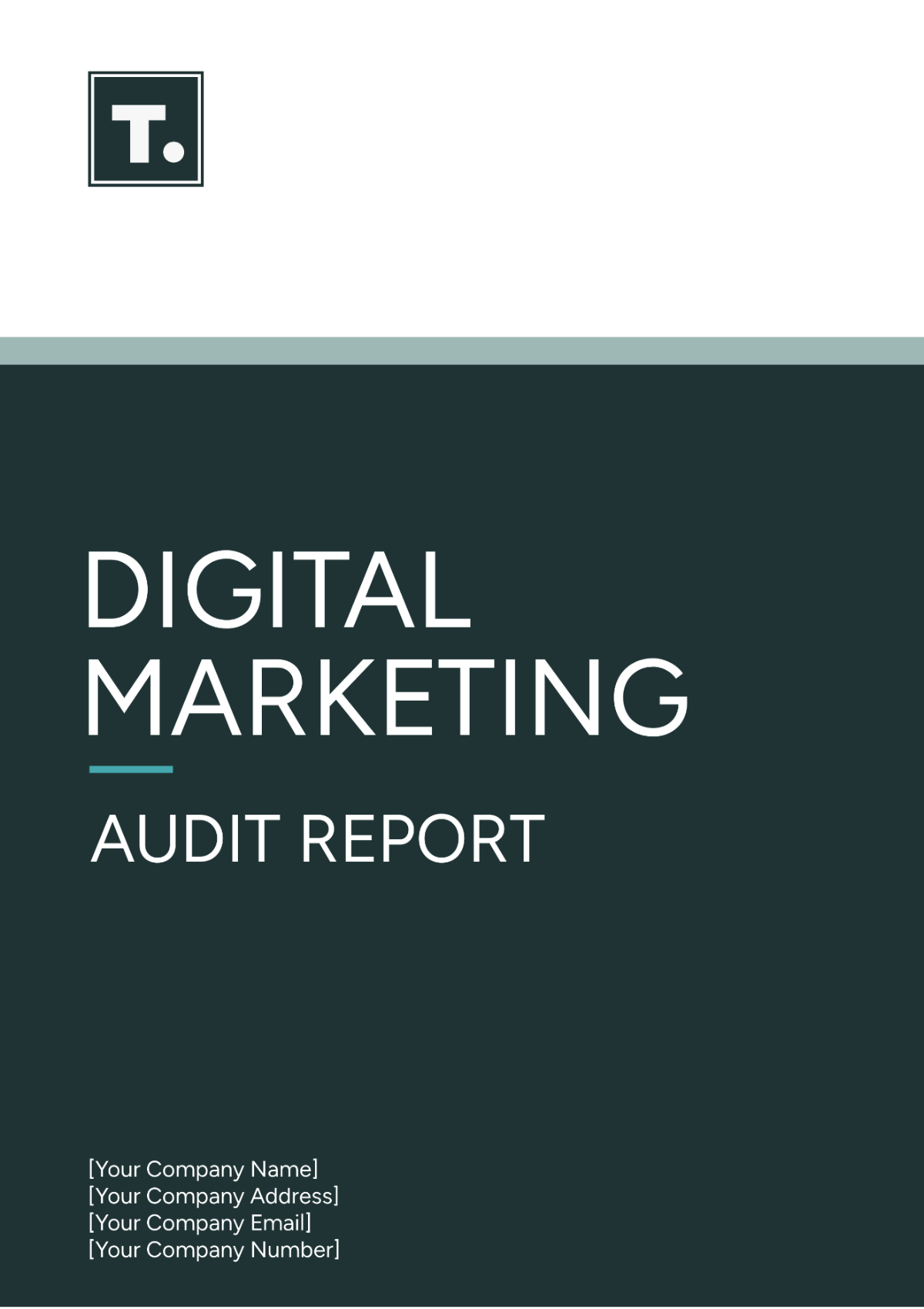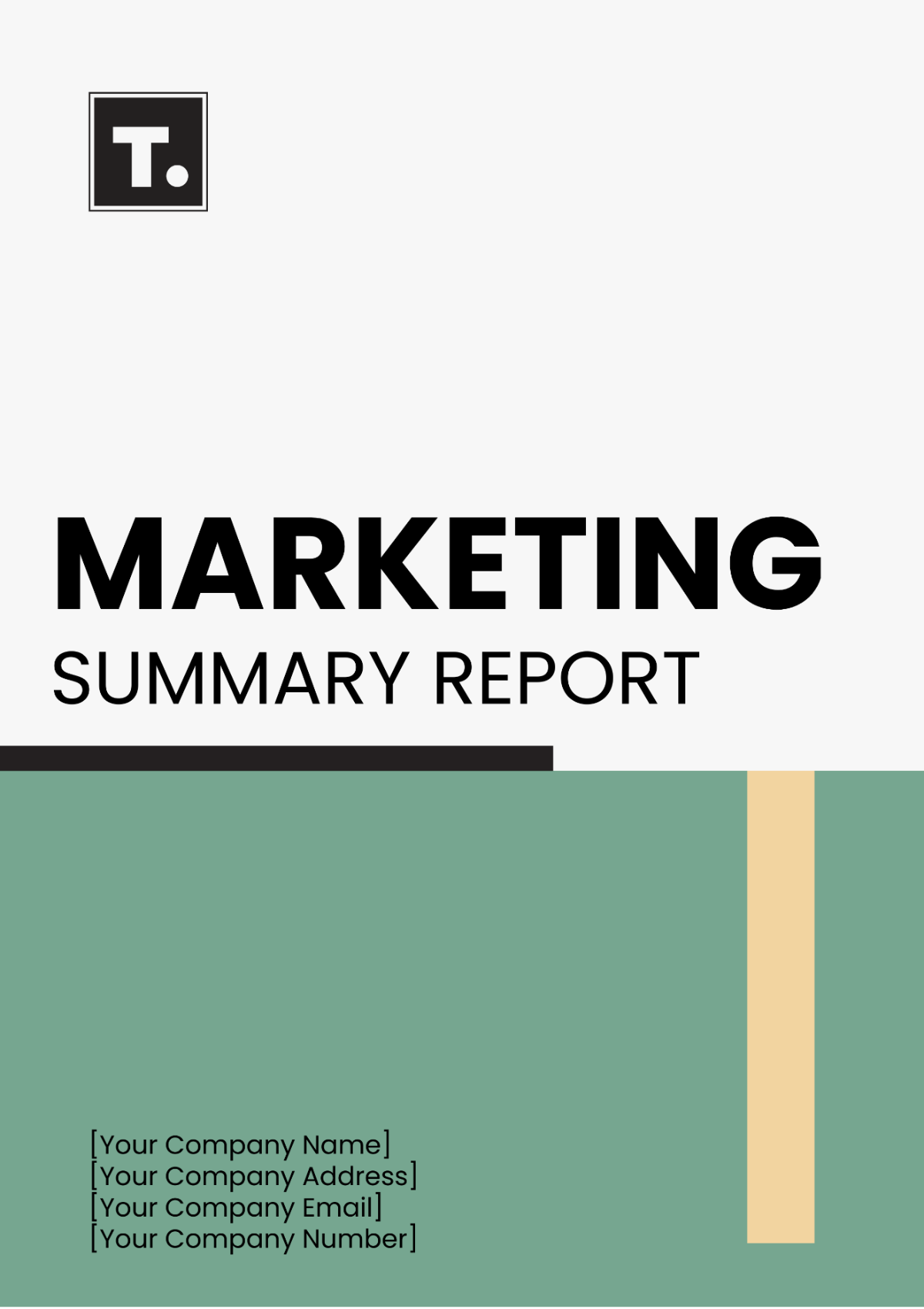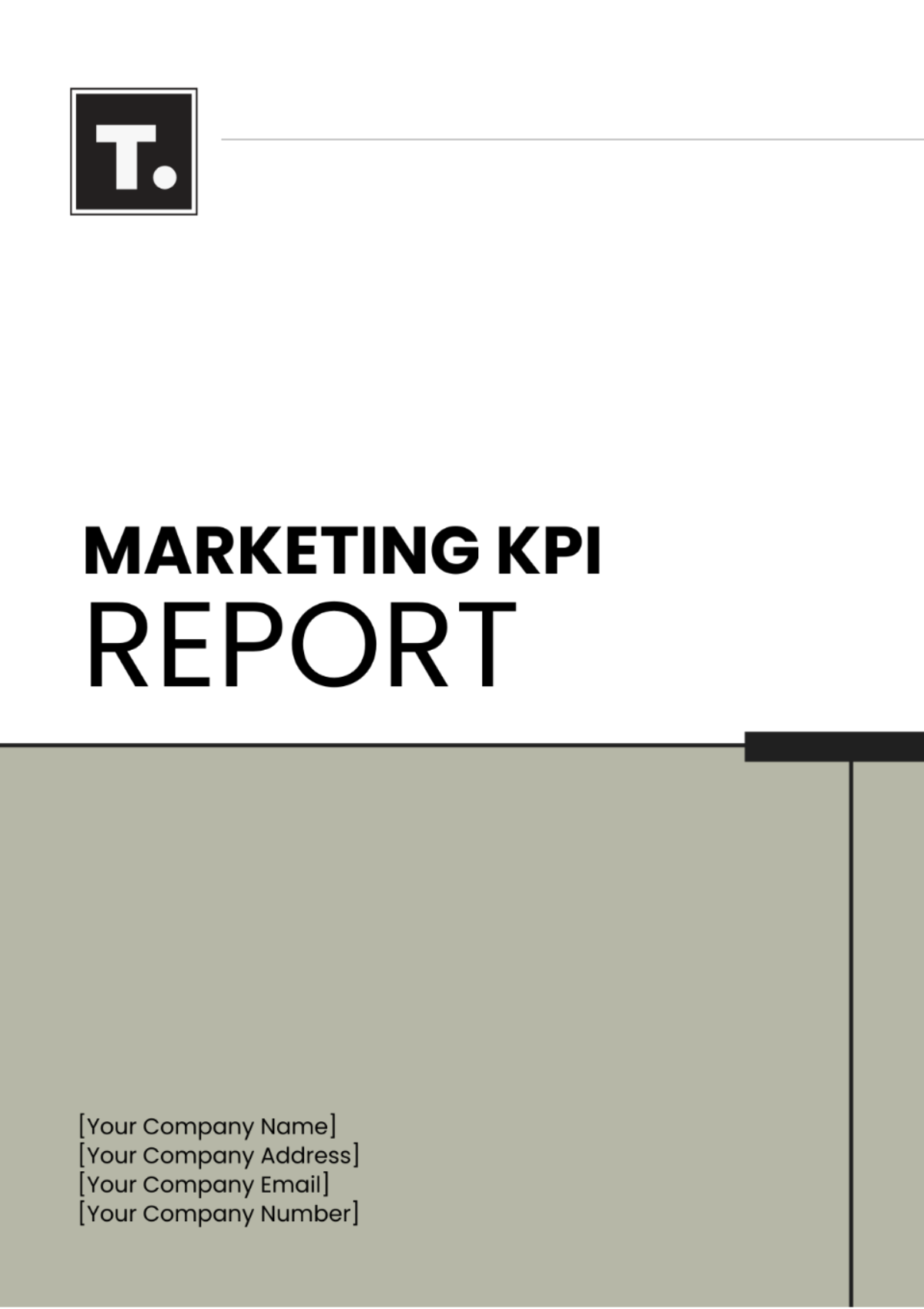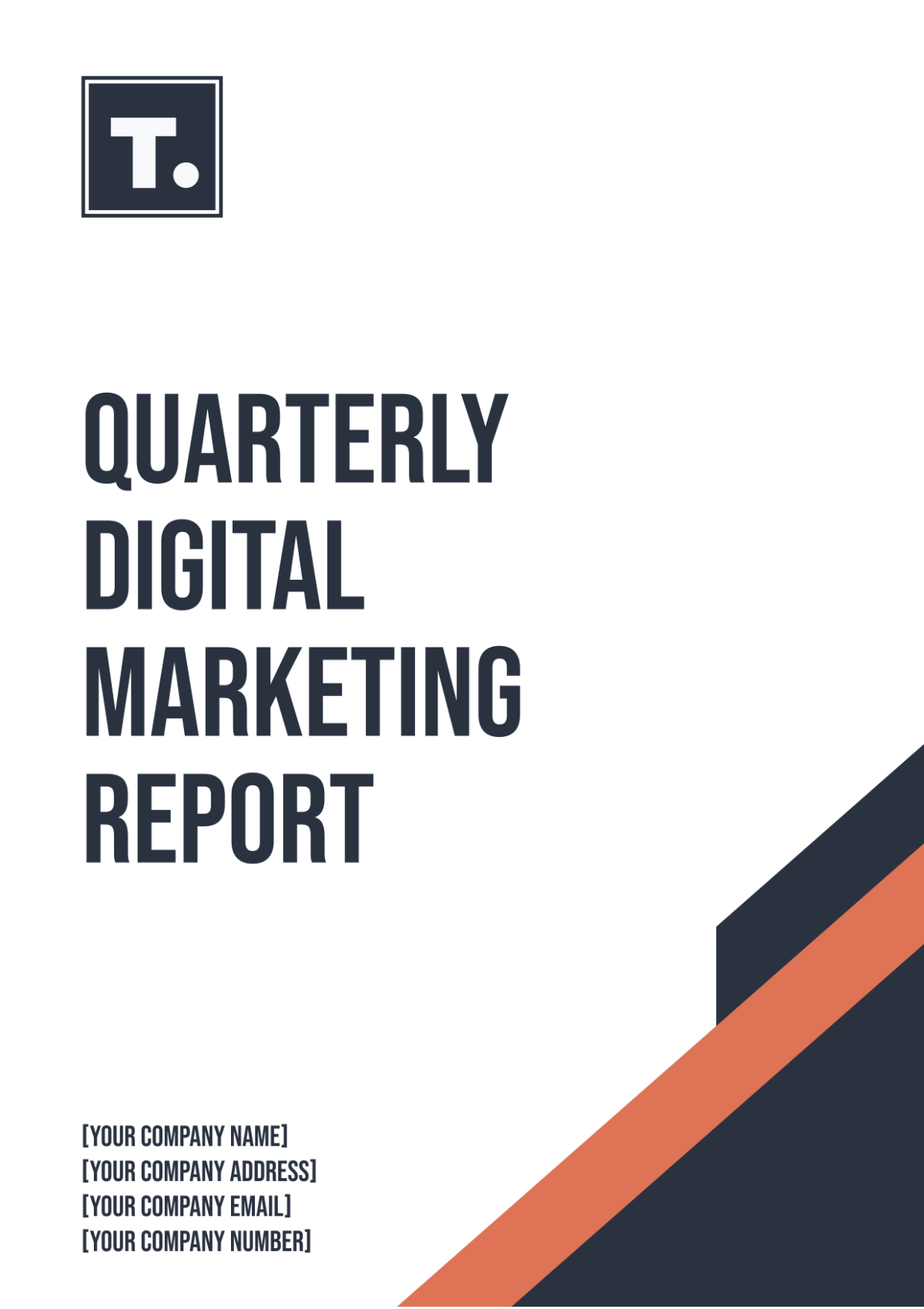Marketing Product Comparison Report
Prepared by: [Your Name]
Date: [Month-Day-Year]
Executive Summary:
This Marketing Product Comparison Report aims to provide a comprehensive analysis of three leading marketing automation tools: HubSpot, Marketo, and Pardot. The evaluation includes key features, pricing structures, user interface, and overall performance. The goal is to assist our organization in making an informed decision when selecting a marketing automation solution that aligns with our business objectives.
1. Introduction:
Marketing automation tools play a crucial role in streamlining marketing processes, enhancing efficiency, and driving results. The tools under consideration, HubSpot, Marketo, and Pardot, are industry leaders known for their diverse functionalities and robust capabilities.
2. Key Features:
HubSpot:
An all-in-one platform covering inbound marketing, sales, and customer service.
User-friendly drag-and-drop interface for creating landing pages and email campaigns.
Robust analytics and reporting tools for tracking marketing performance.
Marketo:
Advanced lead management capabilities with comprehensive lead scoring and nurturing.
Integration with CRM systems for seamless collaboration between sales and marketing teams.
Powerful engagement marketing features for personalized customer journeys.
Pardot:
Part of the Salesforce ecosystem, ensuring tight integration with CRM.
B2B marketing automation features, including lead scoring and account-based marketing.
Dynamic content and personalization options for targeted communication.
3. Pricing Structure:
HubSpot:
Offers a tiered pricing model with Starter, Professional, and Enterprise plans.
The number of contacts and additional features required will affect the overall pricing.
Transparent pricing, with a free CRM option and scalable plans for businesses of all sizes.
Marketo:
Customized pricing based on the organization's specific needs and requirements.
Typically higher pricing but offers a high level of flexibility.
Suitable for mid-sized to large enterprises with complex marketing needs.
Pardot:
Tiered pricing with Growth, Plus, and Advanced plans.
Pricing is based on the number of users and features required.
Salesforce integration can be advantageous for organizations already using Salesforce.
4. User Interface:
HubSpot:
Intuitive and user-friendly interface with a focus on simplicity.
Drag-and-drop functionality for creating campaigns and workflows.
Suitable for users with varying levels of technical expertise.
Marketo:
Robust interface with a steeper learning curve.
Provides extensive customization options for advanced users.
Well-organized dashboard for tracking marketing activities.
Pardot:
Seamless integration with the Salesforce interface.
User-friendly with drag-and-drop functionality.
Tailored for B2B marketing teams within the Salesforce ecosystem.
5. Integration:
HubSpot:
Integrates with a wide range of third-party applications.
Seamless integration with popular CRMs and other business tools.
HubSpot App Marketplace offers additional customization options.
Marketo:
Strong integration capabilities with leading CRMs.
Extensive third-party integrations are available through LaunchPoint.
API support for custom integrations.
Pardot:
Native integration with Salesforce CRM.
Limited integration options outside of the Salesforce ecosystem.
Salesforce AppExchange offers additional tools and connectors.
6. Conclusion:
In conclusion, each marketing automation tool—HubSpot, Marketo, and Pardot—brings unique strengths to the table. The choice depends on the specific needs, budget, and existing technology stack of our organization. HubSpot is ideal for those seeking an all-in-one solution with user-friendly features, while Marketo and Pardot cater to organizations with more complex marketing requirements, especially if Salesforce integration is a priority.









